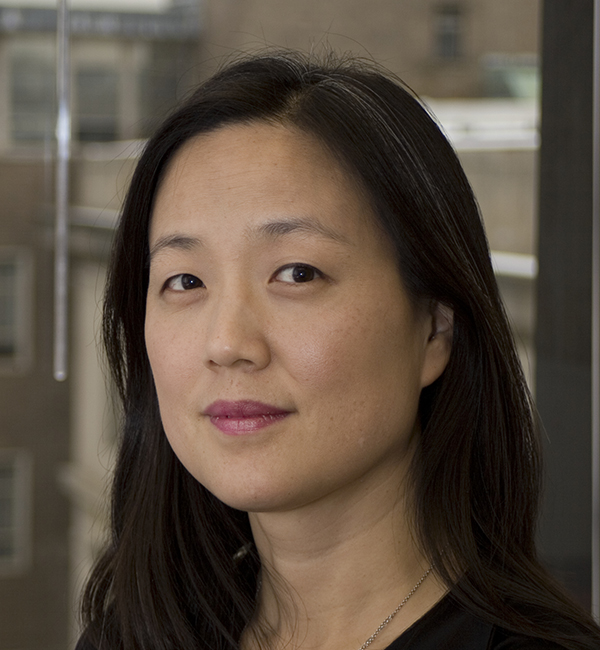
The COVID-19 pandemic forced planners to grapple with an old but difficult question: who gets to use public space in crowded cities?
In Los Angeles, for example, the city let restaurants expand onto sidewalks during the early days of the health crisis, yet forced sidewalk street vendors to close. Meanwhile, the rise of remote work emptied downtowns and turned streets over to pedestrians. Now, drivers want those roads back.
These debates are not new to Annette Kim, associate professor at the USC Sol Price School of Public Policy and director of SLAB, a spatial analysis laboratory. In 2015, she published Sidewalk City: Remapping Public Space in Ho Chi Minh City, exploring the Vietnamese city’s handling of contested public spaces.

Cities around the world are seeking out Kim’s research as they reconsider their public spaces. At a December 2022 event celebrating the Vietnamese language version of her book, city officials met with her to start a new sidewalk governance project. Kim is also advising the Singapore Ministry of Development’s Centre for Liveable Cities about flexible use of space to accommodate diverse needs. And as San Francisco debates the regulation of its public spaces, the San Francisco Chronicle featured her work in Ho Chi Minh City.
We recently caught up with Kim to see how her research could help planners reimagine cities post-pandemic.
Why did you want to study the sidewalks of Ho Chi Minh City?
“When I lived there for a year for my dissertation fieldwork, I realized there’s something special about the way people live in Ho Chi Minh City. It had to do with the role of public space, how it connects people and you share life together. But, I couldn’t quite put my finger on it. So, I decided to return with a team of students and go out and map everything that’s going on.
“There’s always a lot of politics about who gets to use the space in a crowded city, so this is an issue for cities all around the world, especially since it’s the first time in human history that the majority of people live in cities.”

What did you find?
“Our mapping revealed how Ho Chi Minh City’s sidewalks support an incredible mix of different activities and people. We documented their flexible use of public space with groups taking turns over the course of the day and evening which expands the space’s possibilities and inclusiveness. We also interviewed about 240 people on the street – mostly vendors – and found lots of stories of collaboration. Even the property owners, who are usually the most vehement against street vendors in front of them, were actually helping. They would let vendors store their goods overnight, or hide them during police raids. It’s really unusual.”
How have city officials there handled street vendors?
“It’s ebbed and flowed since colonial times. The French tried to clear the sidewalks, and so did every regime after them. First, they want to clean it up, then they relent because it’s just such a widespread way of life and they have to be pragmatic.
“They tried another round of sidewalk clearance policies in 2017, but they now see that they are impossible to enforce. And the one area in downtown they have effectively cleared with immense policing is now seen as a failure because it’s a dead area now. The hardships of lockdown during the pandemic have altered the discussion. I’m hearing ‘quality of life’ and ‘livable cities’ from the cities that are contacting me. Shared public space is an important part of that.”
How has COVID-19 contributed to this discussion? What are some issues that have emerged as it relates to sidewalk activity?
“Of course, the pandemic was terrible, but it was also an opportunity to try things we would never have been able to do on such a big scale politically, like let so many restaurants use sidewalks as dining space. People get to experience and see the pros and cons of it. I think the bigger principle is that there are a lot more possibilities, if we’re flexible, with space and time. We don’t have to plan cities to function only one way, 24/7, but we can let people do different things at different times in public space.
“L.A. was sort of doing that before the pandemic. At night, a gas station might become a taqueria, or it might become a gym where people work out with weights. That space could be used for different purposes and by different people at different times of the day. As cities get denser and more diverse, we need new flexible models.”